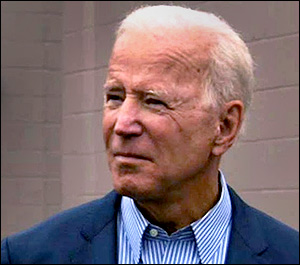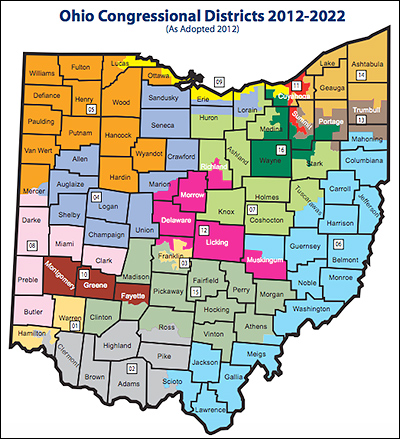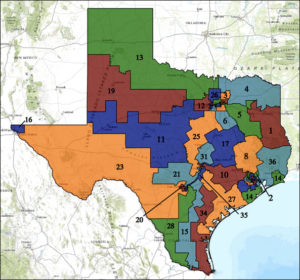By Jim Ellis
May 13, 2020 — Wisconsin Republican state Sen. Tom Tiffany, as expected, easily won the special congressional election last night in the Badger State’s northwest 7th District with 57.2 percent of the vote from a huge voter turnout universe of just under 192,000 individuals. The Democratic nominee, Wausau School Board member Tricia Zunker, was a consensus candidate for the special, but she raised less than $500,000 for the race and the national Democratic institution did little to assist her from the outside.
Once the vote tally is finalized, the Wisconsin Elections Commission will certify the result and Tiffany will be sworn into the House of Representatives to complete former congressman Sean Duffy’s (R-Wausau) term. Duffy resigned from office in August of last year for family reasons and the seat has been vacant ever since.
The 7th District occupies 21 central and northwest Wisconsin counties and parts of five others. For more than 40 years, former House Appropriations Committee chairman David Obey (D) represented the district. Rep. Duffy won the seat for the first time in 2010 after Obey chose to retire after serving 21 terms in office. Since the 2010 election, the district has moved toward the Republicans, and Tiffany’s victory seems to cement the seat as safe territory for the GOP.
The congressman-elect now will enter the regular 2020 primary scheduled for Aug. 11. The candidate filing deadline is June 1, but it is unlikely he will see much competition in either the primary or general election considering last night’s strong performance.

 March 19, 2020 — The COVID-19 virus is causing obvious problems worldwide, and it’s changing the United States’ electoral system. Several states all with primaries on or before June 23 have already moved their date or are discussing such an option.
March 19, 2020 — The COVID-19 virus is causing obvious problems worldwide, and it’s changing the United States’ electoral system. Several states all with primaries on or before June 23 have already moved their date or are discussing such an option.


 March 11, 2020 — Former vice president Joe Biden expanded his lead for the Democratic presidential nomination, but he didn’t quite deliver the knockout blow that many predicted.
March 11, 2020 — Former vice president Joe Biden expanded his lead for the Democratic presidential nomination, but he didn’t quite deliver the knockout blow that many predicted. 